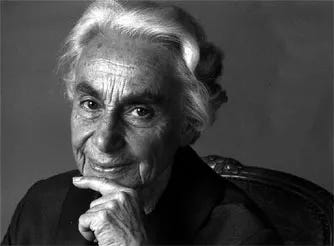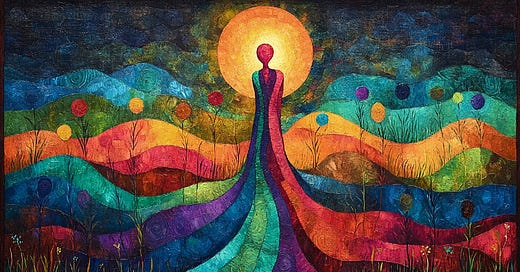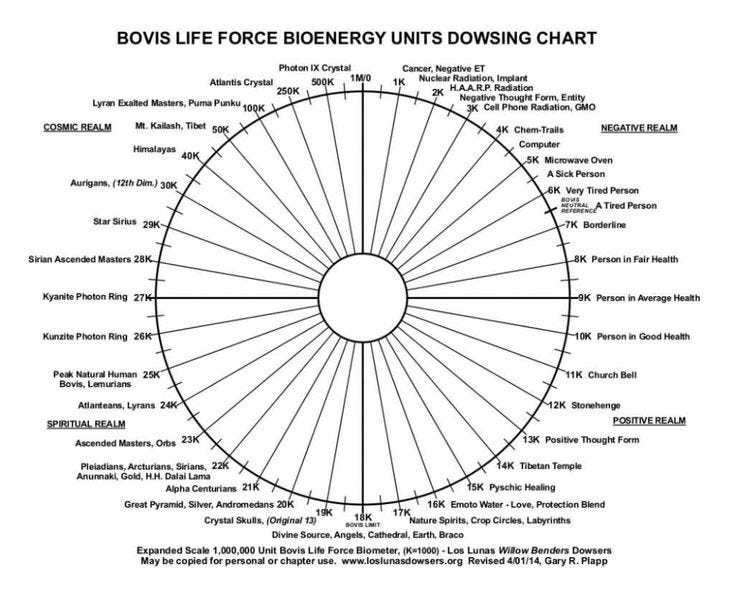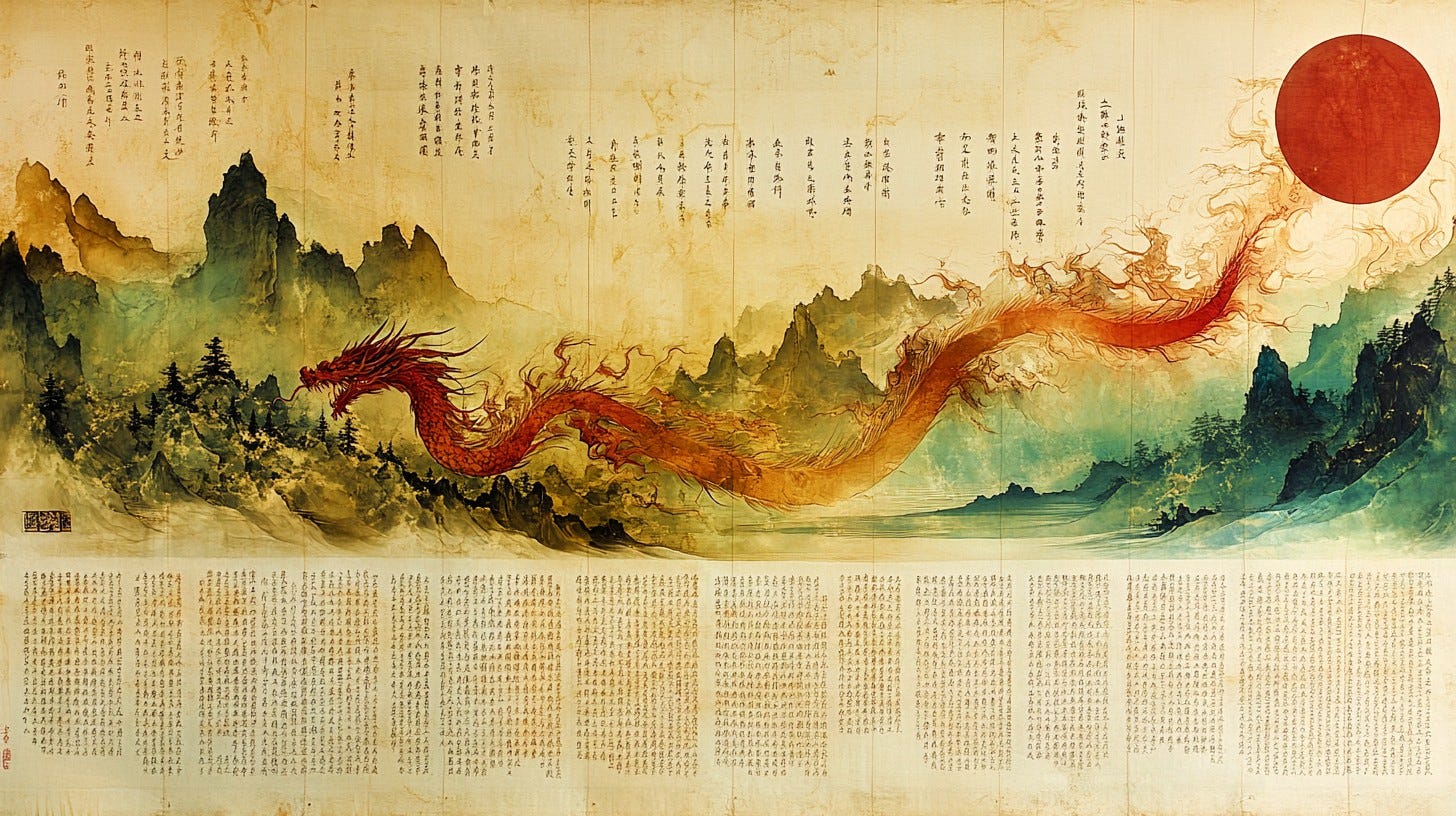Have you ever felt connected to the soul of a place? You can’t quite explain it, but there’s a resonance, a pulse that feels ancient, even sacred. For Blanche Merz, the late French geobiologist and dowser, this is what some cultures called “the soul of place.”1 More specifically, through her research, she came to believe that such instances were demonstrative of a sensory connection to the planet’s subtle energy grid.2
Merz’s life's work centered around a profound yet often misunderstood practice: geomancy—the art of decoding the energy of the land and the relationship between cosmic and telluric forces.



Cracking the Earth’s Hidden Code
The word geomancy stems from the Greek geo (earth) and manteia (divination), though Merz’s approach was far from the stereotype of throwing dirt on a table and interpreting random shapes. Instead, she focused on the "lines of force" that ripple invisibly across the planet, shaping everything from ancient monuments to our everyday well-being.
Picture these energy lines as an intricate web—some call them ley lines or dragon paths—connecting sites of profound significance: temples, sacred springs, and prehistoric stone circles. While modern science often hesitates to acknowledge such phenomena, ancient cultures embraced these currents as vital threads in life’s tapestry.
According to Merz, the ancient Chinese understood these lines as dragon veins, embodying the earth's breath. In ancient Egypt, priestly geomancers selected sacred sites by attuning themselves to this cosmic rhythm, using their bodies as antennas.
Vibrations We Can Measure—and Feel
In her studies, Merz used tools like the Bovis biometer, a device designed to measure the vibrational quality of a space via mutual resonance. Some sites, she noted, radiated frequencies that resonated with the human body’s biofield, resonating it like a tuning fork.
Even in our modern technological age, where the scientific method demands repeatability and hard data, stories of geomagnetic hotspots persist. Researchers have recorded anomalous electromagnetic readings in sacred places like Stonehenge and the Pyramids of Giza. But as Merz pointed out in her writings, it’s not just about the numbers; it’s the way these places make us feel.
Ghosts of Ancient Knowledge
According to Merz, many ancient civilizations mapped these energetic flows and embedded this understanding into both architecture and myth. The symbolism they used—dragons, serpents, and eagles—hinted at deeper truths. The Chinese dragon was not merely a mythical beast but a metaphor for the undulating motion of energy lines. In some traditions, these symbols corresponded with underground waterways, cosmic influxes, and planetary alignments.
Yet, as Merz lamented, we often dismiss these ancestral blueprints as superstitions rather than frameworks of subtle science. Modern technology tends to mock what it can’t easily dissect. When anomalies arise, such as inexplicable magnetic fluxes or strange synchronicities, many attribute them to “coincidence” rather than reconsidering our limited scientific frameworks.
Beyond the Bones of History
"Life," Merz once wrote, "is more than skeletons of past events; it’s the living breath animating every place and moment."3 While archaeologists may catalog ancient ruins, the unseen forces that once imbued those spaces with vitality often go unnoticed.
She warned against a cold dissection of history, calling instead for a return to wonder and intuitive observation. It wasn’t enough to see an ancient temple as mere stones in formation. To Merz, these sites were vibrational records of the ancient past.
It’s as if these places remember. And when we learn to listen, the world becomes richer—no longer a series of disconnected landscapes but a living, breathing mosaic of energy and history.
Vibrational Echoes and Memory Imprints
Merz's fascination with ancient tools like the Bovis biometer reflected her belief that spaces radiate distinct energetic signatures. By measuring a site’s subtle frequencies, she sought to discern not merely whether a place was “positive” or “negative” but to unveil its unique vibrational fingerprint.
The ancients understood this in ways we’re only beginning to rediscover. Egyptian priests used pendulums as tools to tune into cosmic energies, understanding that matter itself vibrates with purpose. According to Merz, even our ancestors' methods of divination were rooted in the spin and rotation of elemental particles, a phenomenon modern physicists now recognize as quantum spin.
The pendulum, in this view, becomes more than a mystical symbol; it’s a bridge connecting the human biofield to the vibrational forces of the world. The late Dr. Aschoff, a pioneer in subtle energy research, proposed that pendulums respond to the spin of subatomic particles, aligning with electromagnetic fields created by their rotation.4
Subatomic Dust and the Pulse of Place
One of Merz’s unnamed collaborators, a Mexican scientist trained in shamanic traditions (whom I presume to be the late Dr. Jacobo Grinberg), proposed a radical idea: what we call the "soul of place" may be composed of ultra-fine subatomic particles—a kind of nuclear "dust" that pulses with life. This dynamic ether, he proposed, permeates everything, forming a kind of memory within matter itself.
According to Merz, he described this dust as indestructible energy, constantly shifting and recombining but never lost. When the human biofield interacts with this energetic substrate, it amplifies or distorts our perception.
The Forgotten Map
Long before satellite imaging and drones, civilizations thrived by reading signs in the land and sky. Our rediscovery of geomancy isn’t a return to superstition—it’s the rekindling of a relationship with the earth’s invisible flows that acknowledges both science and intuition. Perhaps the next time you feel an inexplicable pull toward a place, pause and listen. You might just hear the hum of an ancient story, waiting to be felt.
“Blanche Merz was a Swiss engineer, politician and writer specializing in geobiology. She studied engineering in Zurich and specialized in water supply for municipalities. She learned from Mauritanian dowsers how to detect the location of groundwater, which made here engineering firm reputable . . . . In many of her published books, she evokes what she calls ‘high cosmo-telluric places,’ such as Chartres , Santiago de Compostela or the pyramid of Cheops . With contributions from various radiesthetists such as Antoine Bovis and André Simoneton who laid the foundations, she materialized the biometer , a radiesthetic pendulum with which ‘vibratory energies’ can be measured in the so-called ‘Bovis units.’” From: https://es.wikipedia.org/wiki/Blanche_Merz
Ibid.







